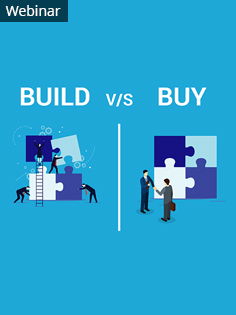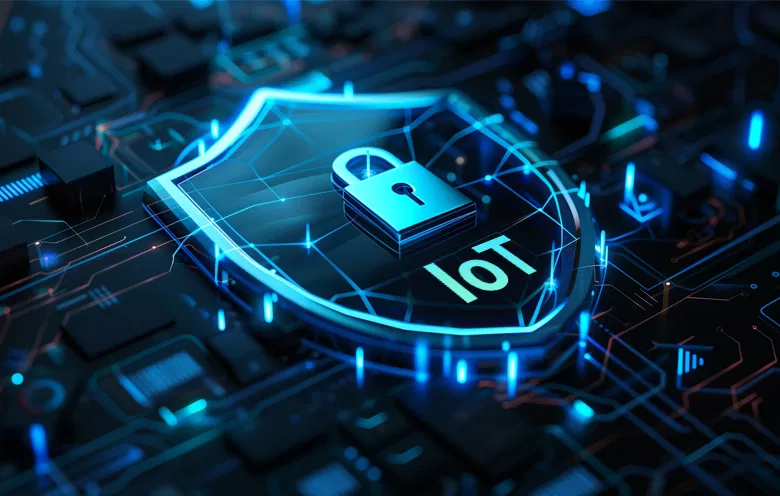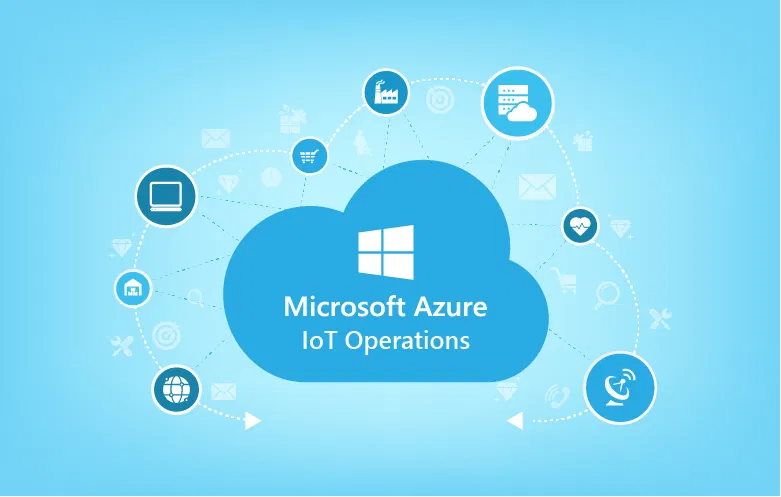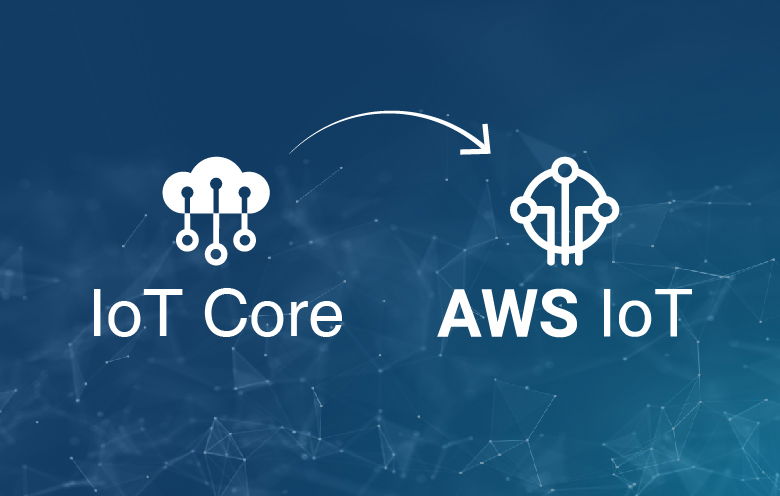According to the High-Level Panel on Water (2018), co-convened in April 2016 by the United Nations and the World Bank Group:
- About 2.5 billion people (36% of the world’s population) already live in water-scarce regions, and this is likely to increase to 66% by 2025 if appropriate measures are not adopted.
- 2 billion+ people are bound to drink unsafe water, resulting in death of a child every minute.
- By 2030, we may face a 40% shortfall in water availability if the world continues its current path.
- Around 80% of wastewater is discharged untreated into the world’s waterways.
Moreover, for the first time in history, more than half – precisely, 55% (4.2 billion) – of the world’s population lives in towns and cities which are projected to increase to 68% by 2050. Although the population, urbanization, and industrial development have surged like a tsunami, water – the most valuable commodity to all forms of life – is still the most poorly managed resource in the world, calling for smarter control and management of water utilities. The challenge is clear – smart management of water utilities.
Almost every water utility around the world needs infrastructure and technology upgrades to determine water demand, detect leaks and thefts, operate plants efficiently, optimize power usage, monitor quality, and get transparency on consumption. Let me detail some of the reasons: “why?”

Solve the build vs. buy dilemma and ensure seamless IoT implementation
Webinar agenda
- What it takes to build vs buy an IoT platform
- Pros and cons of building vs buying an IoT platform
- Top considerations for IoT implementation
- Build vs buy model – benefits and challenges
- How to get started with IoT
Forecasting water demand
Due to inconsistent weather, unpredictable monsoon, inadequate rainwater harvesting, and the population’s growing demand – forecasting water demand is a challenge.
The IoT-based smart water management platform can mitigate this problem. Here, level sensors are deployed in the reservoirs and overhead tanks, sending the information about water levels on a periodic basis. City authorities can forecast the demand of water, using smart meters and predictive analytics, based on historical water consumption by residents and industries, temperature, humidity, rainfall, holidays, events, etc. for the next two days, a day, to predicting abnormal demand for 15 minutes time steps. Accordingly, the quantities to refill the tanks are decided to reach the needs of domestic and non-domestic (industries, agriculture, institutions, tourism, etc.) components.
The solution doesn’t stop here. It fetches the energy prices for the next day from the energy application and set the pump to run when the electricity cost is least. Further, it also draws information on pump maintenance scheduling and breakdowns from the maintenance management applications of waterworks. As a result, the optimization algorithm determines a pumping schedule.
The goal is not only to ensure the supply of water by the pumps to the reservoirs and overhead tanks but also to keep the energy costs to a minimum while pumping the water.
Water quality assurance
Even 165 years after John Snow discovered that a contaminated water pump was responsible for an 1854 Broad Street cholera outbreak, some 2.2 million people worldwide still die every year due to water-related diarrhoeal diseases. In fact, some 3 in 10 people worldwide yet do not have access to safe water.
Traditionally, water quality is measured by collecting water samples manually from various locations, storing the samples in a centralized location, and subjecting the samples to laboratory analytical testing. This approach is inefficient due to the late finding of contaminants, inaccessibility of real-time water quality information, and cost-intensive solution. Thus, it is clear that to ensure access to clean water, dramatic improvements are needed.
Smart water quality management approach monitors almost every parameter – chlorophyll, air temperature, turbidity, dissolved oxygen concentration, oxidation-reduction potential, pH, relative humidity, chlorine concentrations, the presence of organic compounds, and electrical conductivity – in real-time and act upon it to certify drinking-water quality.
Aging water supplies
In the USA, currently, there are about 2 million miles of pipelines with some in the ground for over 100 years. Each year about 240,000 water mains break, resulting in 2.1 trillion gallons of water lost, enough to supply 60 million Americans for a year American Society of Civil Engineers). If we assume, every pipe needs to be replaced, it’s costing could reach more than $1 trillion over the coming decades (American Water Works Association). Imagine the scenario worldwide. The bottom-line is water infrastructure networks are in a constant state of flux and so deteriorating continuously.
That’s why organizations around the world have sought a data-driven planning process that ensures that they get the most value from each of their assets with their states to rehabilitate and replace them when necessary. Such a smart asset management process will help you to look at what you have, where it is, what condition it’s in, and where it needs repairing. Regulatory agencies and water and sewer plant operators/managers can then use this information to make timely maintenance, repair, replacement, capital improvement, rate-setting, financial planning, and other decisions.
The goal is to reduce leakage significantly and stabilize the network instead of eradicating that wastage.
| Overall issues with current water and wastewater management | How smart water management can solve it | ||
|---|---|---|---|
| Unpredictable water demand | Supply scheduling based on accurate forecasting | ||
| Water contamination | Real-time monitoring of water quality | ||
| Massive energy consumption in pumping | Optimize energy consumption | ||
| Aging water supplies | Monitor and manage water infrastructure | ||
| Poor asset management | Sound asset management planning |
Wrapping up with the famous management thinker, Peter Drucker’s saying “you can’t manage what you can’t measure” is also true for water. To manage water efficiently and sustainably, one needs to transform the invisibility of water quantity and quality into something visible and transparent. With the IoT-enabled smart management of water utilities, let’s enable and empower true water stewardship.




